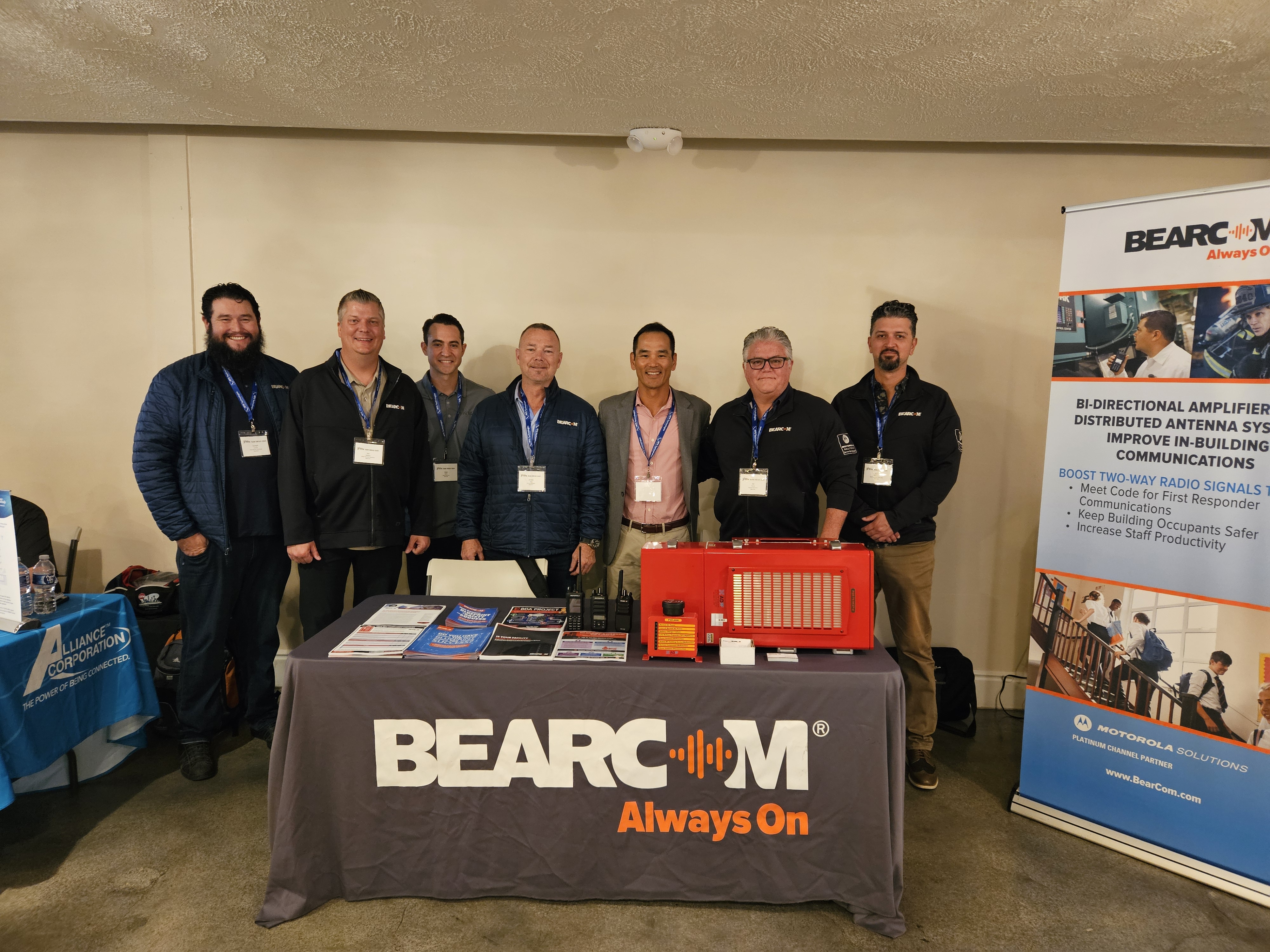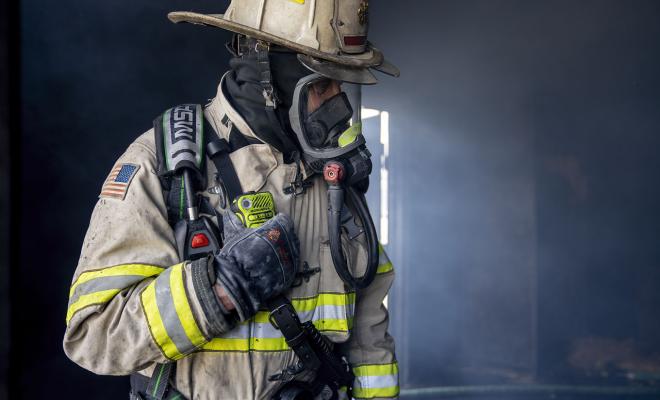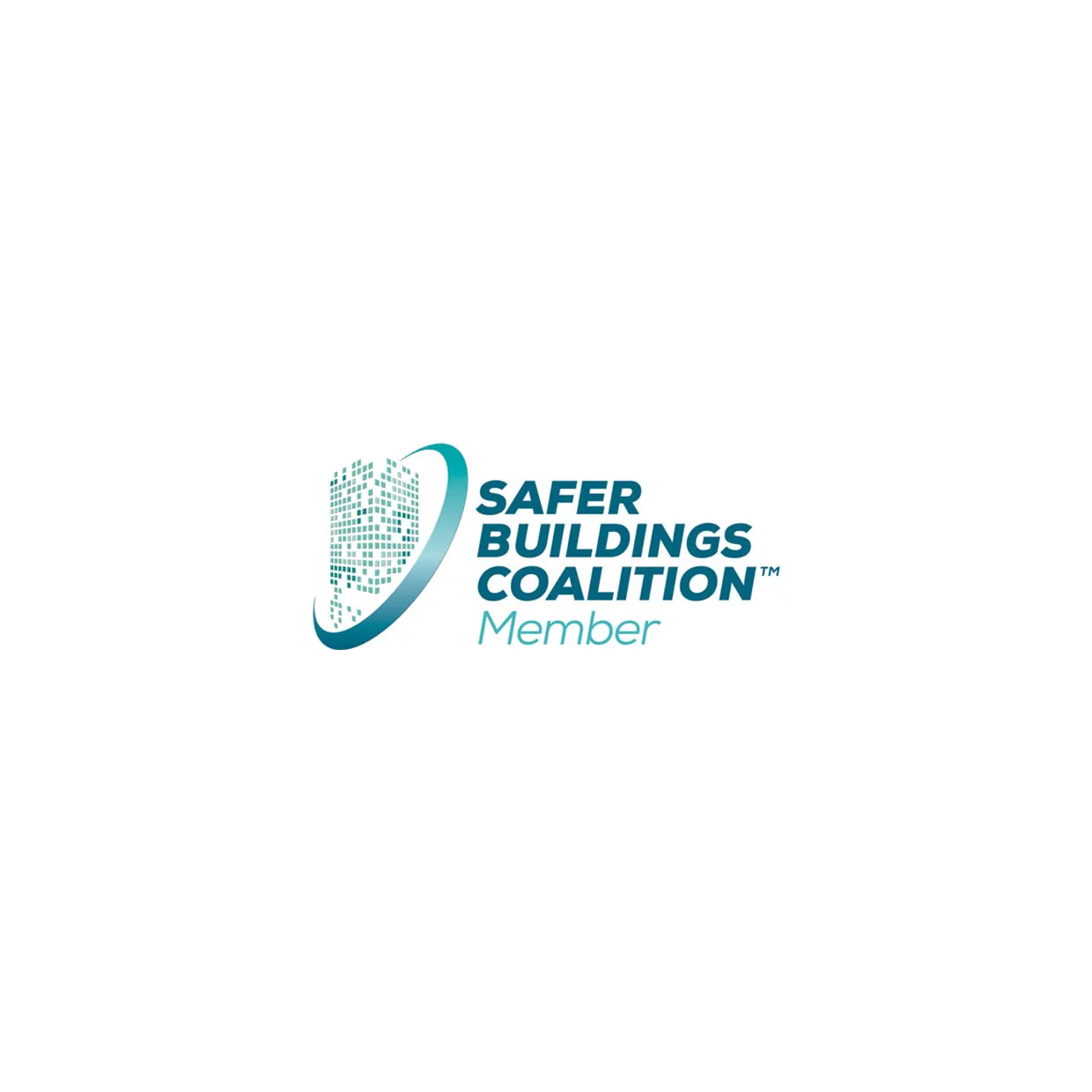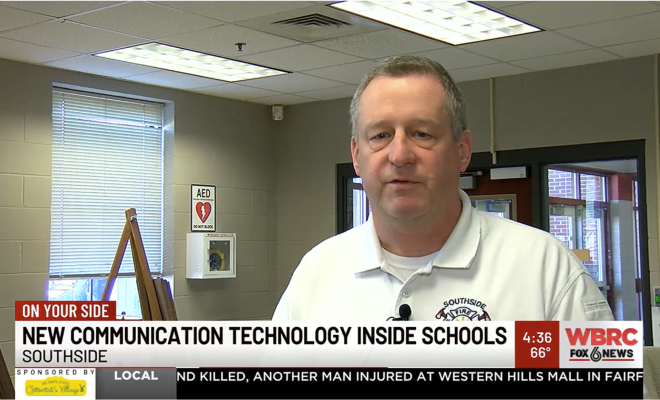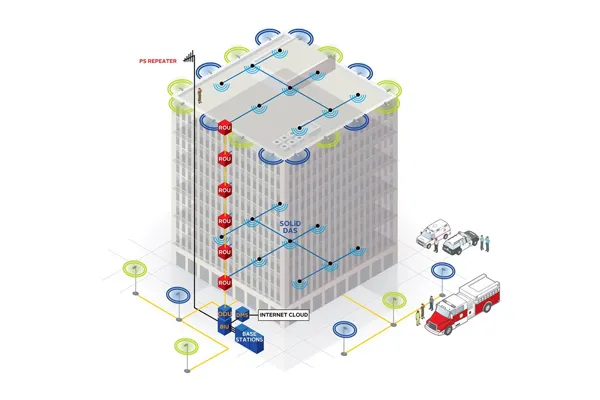
Why Choose BearCom for BDA/DAS Solutions?
When reliable in-building communication is critical, BearCom delivers. Our Bi-Directional Amplifiers (BDAs) and Distributed Antenna Systems (DAS) are designed specifically for your building to ensure code compliance and maximize signal coverage. From addressing dead spots caused by building materials to mitigating signal interference, we ensure optimal wireless coverage in any environment. Our solutions are crafted to enhance both public safety and everyday communication, making your facility safer and more efficient.

Public Safety BDA/DAS Systems
Reliable communication is the backbone of effective emergency response, and Public Safety BDA/DAS (Bi-Directional Amplifier/Distributed Antenna Systems) have become a critical part of ensuring seamless connection for first responders during times of crisis. Strong radio signals ensure the safety of first responders while improving public safety services for all building occupants.
BearCom designs solutions to provide reliable communication coverage in even the most challenging areas, including stairwells, underground tunnels, parking garages, and pump rooms. With Public Safety BDA/DAS, critical areas are no longer a communication dead zone.
Since the implementation of stricter safety codes post 9/11, many localities now require BDA/DAS systems in new constructions and major renovations. BearCom specializes in ensuring your systems meet local code requirements, enabling your building to maintain seamless first responder communication while staying compliant.
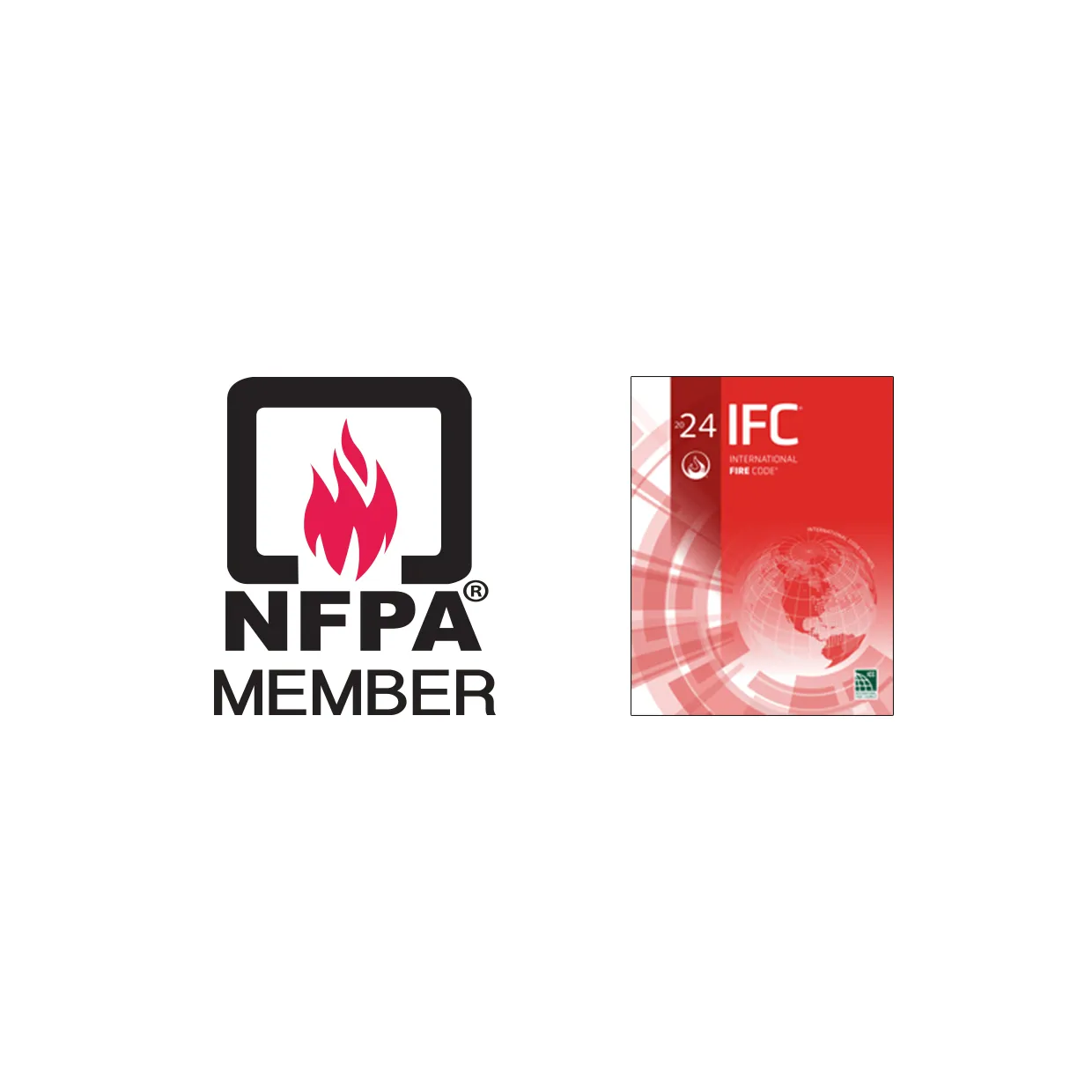
Signal Booster Code Requirements
The requirement for in-building signal coverage is mandated by standards from recognized organizations including:
- National Fire Protection Association (NFPA): According to NFPA 72 Chapter 24, buildings must achieve 90% two-way radio signal coverage indoors, increasing to 99% in critical areas such as fire pump rooms, exit stairways, passageways, and elevator lobbies.
- International Fire Code (IFC): IFC-510 mandates that buildings ensure at least 95% in-building wireless signal coverage, with a minimum signal strength of -95 dB.
- FCC13-21: Under Part 90 of its regulations, the FCC outlines requirements for signal boosters used in public safety and private Land Mobile Radio (LMR) services.
Adhering to these signal coverage standards is crucial for enhancing personal safety, reducing property damage risk, and limiting potential legal liabilities.

Cellular BDA/DAS Solutions
Modern buildings must accommodate high cellular demand from employees, visitors, and operational teams. BearCom’s Cellular BDA/DAS systems strengthen wireless communication throughout facilities, including challenging spots like underground levels, tunnels, and stairwells.
Why Install Cellular BDA/DAS?
- Seamless Communication: Avoid dropped calls or slow data speeds caused by network congestion or poor reception.
- Operational Continuity: Keep staff, security, and maintenance teams connected, ensuring a productive and efficient facility.
- Emergency Reliability: During crises, maintain connectivity when cellular networks face surges in usage.
System Features
- Dedicated signal boosters for cellular devices and two-way radios ensure maximum coverage without interference.
- Integrated distribution networks boost communication for all major cellular carriers.
- What are Bi-Directional Amplifiers (BDAs) and how do they work within a Distributed Antenna System (DAS)?
Bi-Directional Amplifiers, or BDAs, are signal boosters that help sustain wireless communications within a facility by amplifying signals. They are a crucial component of a Distributed Antenna System (DAS), which collectively is often referred to as in-building signal boosters.
- What is the difference between BDAs for cellular devices and two-way radios?
There are specific types of BDAs designed for cellular devices and others for two-way radios. A cellular signal booster will not enhance two-way radio coverage, hence it is essential to install separate systems for each to ensure effective signal boosting.
- Why is BDA & DAS equipment necessary for buildings?
BDA & DAS equipment is vital to prevent communication disruptions that can occur due to poor signal coverage. This is especially critical in emergencies where visitors and staff might need to contact help. Signal boosters maintain communication by compensating for signal loss due to network overload or other issues.
- How does BearCom assist with BDA-DAS solutions?
BearCom provides comprehensive BDA-DAS solutions tailored for phones and other cellular network devices. We offer services including free consultations, custom design, code compliance, infrastructure setup, and installation assistance, leveraging extensive experience to meet specific in-building signal enhancement needs.
- What in-building challenges can BearCom help address?
BearCom's in-building solutions tackle challenges like signal interference, building material barriers, and dead spots that hinder effective communication. We have extensive experience allows them to deploy wireless signal boosters that adapt to nearly any operating conditions, ensuring reliable in-building communication.
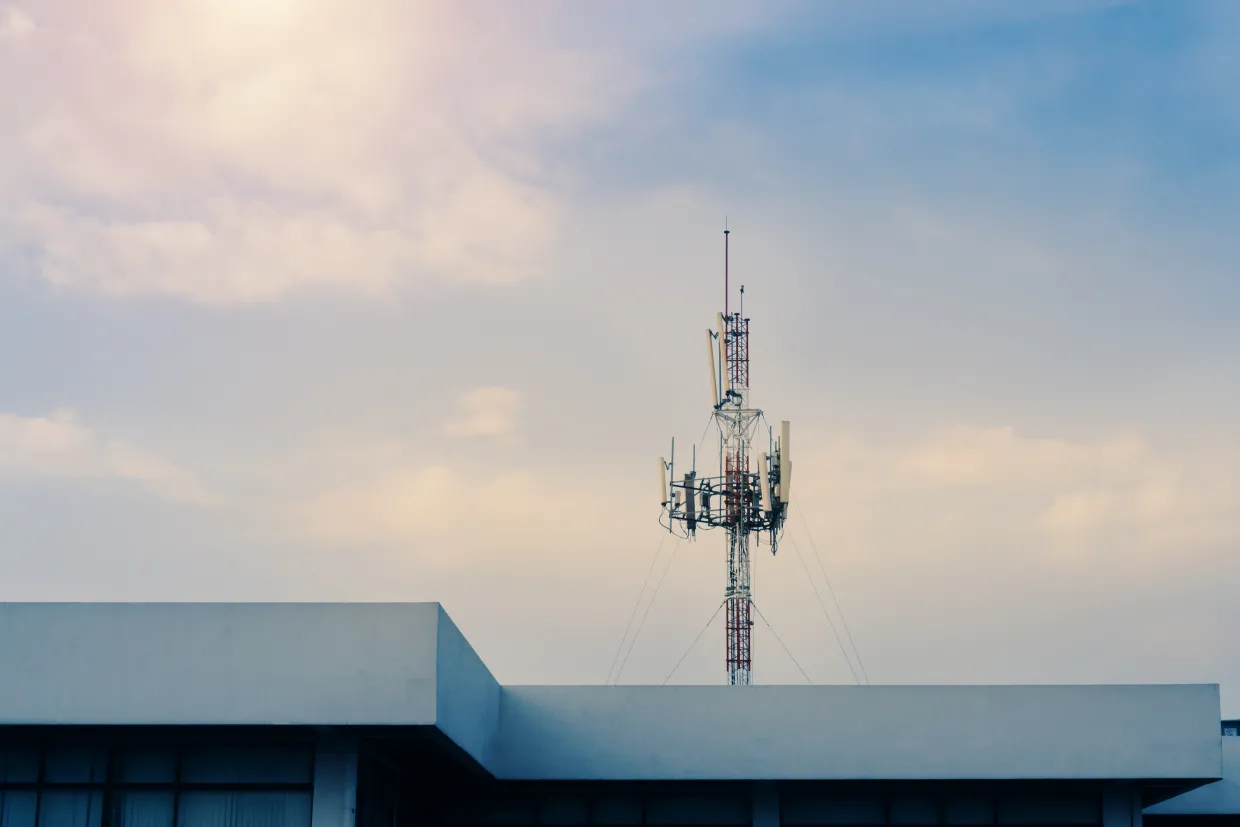
Get a Custom BDA-DAS Quote Today
Contact us today for a free consultation and receive a customized evaluation tailored to make your facility safer and better connected.
- Tailored Expertise
Our team will assess your challenges and recommend the right signal-boosting solution—built to meet code, enhance safety, and support your communication infrastructure. Smart. Compliant. Future-Ready.
With BearCom’s advanced BDA and DAS systems, you can stay ahead of evolving requirements while ensuring your facility stays reliably connected at all times.
